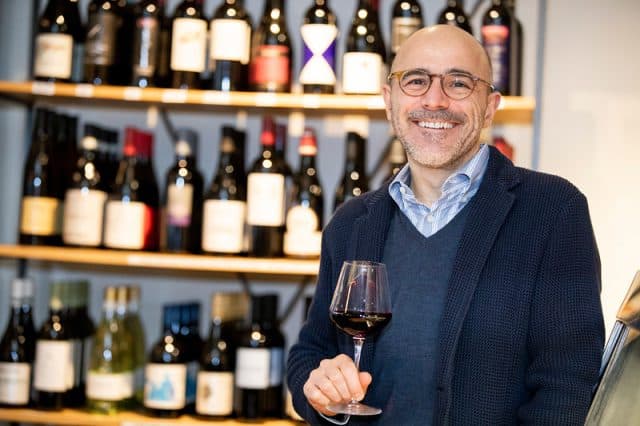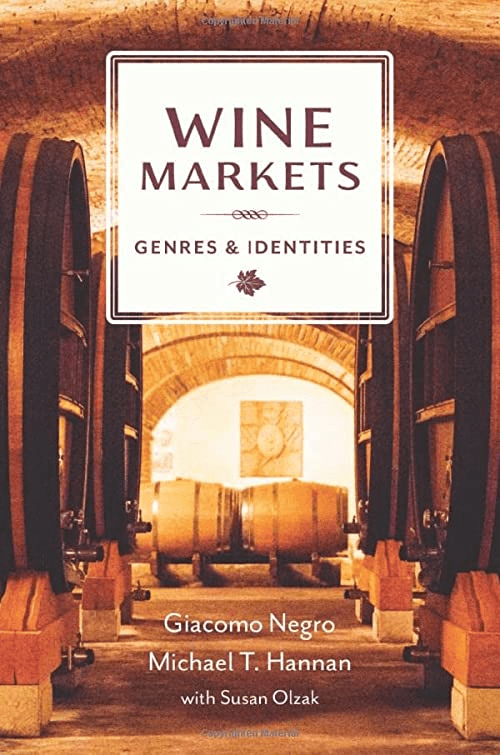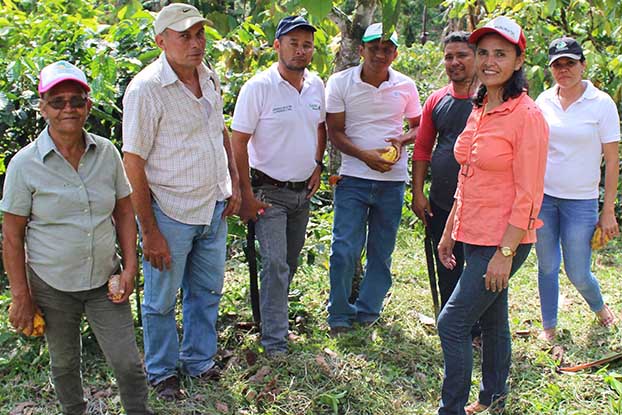Making wine involves planting grapes, harvesting, pressing, fermentation, and aging. Each decision is influenced by land, climate and, in some cases, governmental rules and regulations. Wine producers in specific regions, as well as their consumers and other market participants such as critics, come to an understanding about expectations of their winemaking process in terms of “wine genres.”
In “Wine Markets: Genres & Identities,” Giacomo Negro, professor of Organization & Management and professor of sociology (by courtesy) at Goizueta Business School, Michael T. Hannan, the StrataCom professor of management emeritus in the Stanford University Graduate School of Business and professor emeritus of sociology at Stanford University, and Susan Olzak, professor emeritus of sociology at Stanford University, also explain how collective identities develop from wine genres and help wine producers organize and better represent their interests when innovations are introduced or new producers arrive.
Over a decade, the trio collected data and interviewed more than 100 winemakers, critics, journalists, restaurant owners, and retailers in the winemaking regions of Piedmont and Tuscany in Italy and Alsace in France.
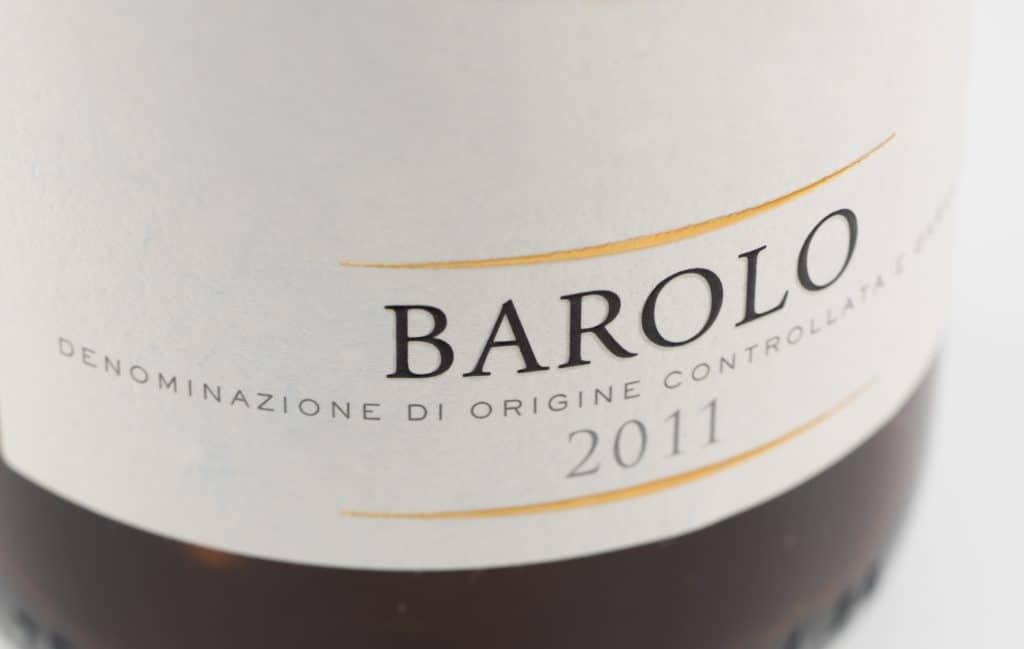
The evidence we collected demonstrates that when an established wine genre is challenged by new ideas and products, the strength of a region’s collective identity affects how both the existing wine genre and the new wine genre are perceived by the broader wine market.
Giacomo Negro
The Barolo Wars: A New Genre Emerges
Italy’s Langhe region in Piedmont is best known for its Barolo and Barbaresco wines. In Langhe, traditional Barolo winemakers—mostly small, generational, family-owned operations sought full flavor potential and maximum yields. In addition to legal requirements, “consensus rules” dictated the exact length of maceration and the specific type of barrel used for aging.
However, in the 1980s and 1990s, the “Barolo Boys” challenged the established genre. These young winemakers experimented with the innovative methods they discovered in other countries. Subsequently, notable wine critics gave their reimagined, fruit-forward, and less tannic wines high scores. As a result, these new wines commanded higher prices. While some traditionalist winemakers embraced the changes, most balked.
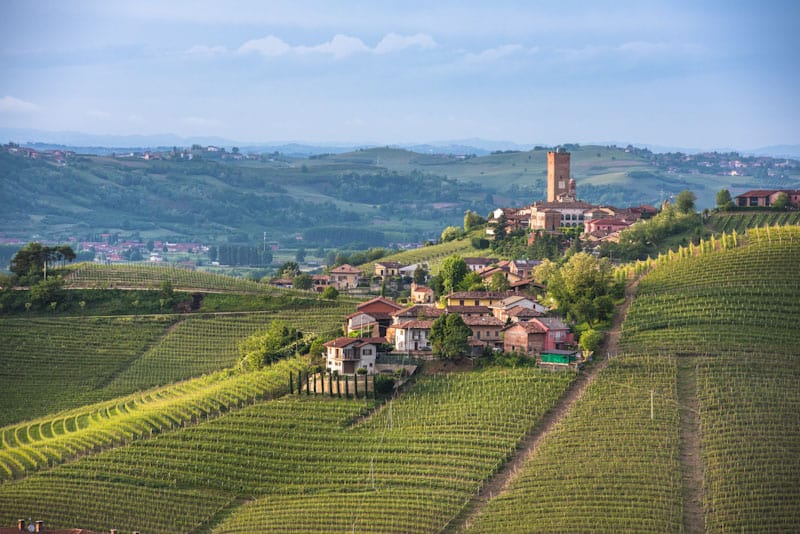
The friction “evolved in similar ways to a social movement,” says Negro. The Barolo Boys believed “a new, modern genre could help elevate the market position of all Barolo and Barbaresco wines.”
In the following decades, the Barolo Boys put the traditionalists on notice. While some traditionalist producers responded by ‘straddling’ the old and new genres, many defended the established practices. At this point, the quality gap between the traditional and modern genres of Barolo has closed. Even if the cultural dispute between tradition and modernity seems settled, it has sharpened the boundary between the old and new genres. Such distinction can benefit all producers in the area. Data collected by the authors indicates the prices for both genres of Barolo converged shortly before 2015. In both genres, prices have increased steadily.
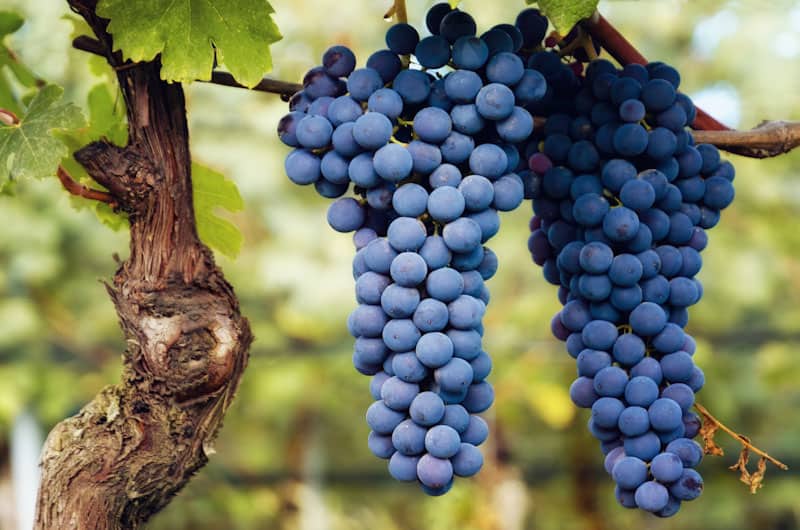
Biodynamics, Wine Price, and Quality: Do Gambles Preserve Vineyard Potential?
For decades Alsatian winemakers made wines whose genres were clearer to the winemakers themselves, but that critics, retailers, and consumers often found somewhat confusing. “These wines had difficulty penetrating external markets, especially in the Anglophone world,” note Negro, Hannan, and Olzak. “With only a few exceptions, the wines did not seem to garner prices commensurate with their quality.”
Until the 1980s, most wineries in Alsace operated using conventional agricultural techniques, meaning they used chemical pesticides and fertilizers, etc. Increasingly, some wineries started to adopt organic practices that prohibit the use of chemical pesticides and fertilizers, and other started using biodynamic techniques, “a unified philosophical approach to agriculture that relates the ecology of the farm to planetary and cosmic rhythms.” By 2010, 21 percent of wineries were certified as biodynamic and another 26 percent were organic.
According to data collected by the authors, Alsatian wineries that adopted biodynamic farming techniques were “considered to be of higher quality before their conversion” to biodynamics. This quality was higher even relative to their organic counterparts. In particular, the esoteric features of biodynamics help this genre stand out more in the market. Biodynamics also imposes more costs on the winemaking process and only the better producers can implement these practices successfully. They switched, the authors summarize, “to preserve their vineyards’ potential.”
These producers began making their wines in the “biodynamic” genre. Organic producers did likewise. Showcasing these practices became a way for producers to “signal” their difficult-to-observe characteristics and skills. It worked as intended. In a study of blind versus non-blind wine tastings, the wines labeled as biodynamic and organic received better ratings than other, conventional wines but in the non-blind tastings only the biodynamic wines did better. This led the researchers to conclude, “the effects of the biodynamic category signal are consistently positive.” After biodynamic conversion, the retail price of wine also rose.
Labeling wines as biodynamic appears to communicate clearly with the audience.
Giacomo Negro
The authors’ research on biodynamic wineries in Italy revealed that biodynamic certification did not have the same signaling effect in Langhe as it did in Alsace. Why? According to the authors, the market identities that emerged out of the Barolo Wars are stable “and critics and consumers do not perceive their coexistence to be confusing,” they write. “Audience members can ‘sort themselves’ into the genre that fits with their tastes based on the existing identities.”
Resisters and Defenders Take on Identity, Uniqueness, and Conflict
In “Wine Markets Genres & Identities,” Negro, Hannan, and Olzak also argue that “the social structure of producers shapes the emergence and persistence of genres,” they write. While in regions like Piedmont or Alsace the communities of producers are more homogenous and can develop greater cohesion and solidarity, in other regions like Montalcino in Tuscany – which the authors also studied – such homogeneity was lower. In these cases, the genres that develop in the market are less clearly demarcated, and the collective identities of producers are less strong.
As Negro explains, “The uniqueness of the wine is connected to the place and to the community of producers that makes it.”
That uniqueness can be shaped by conflict, even “seemingly small, random or experimental differences in practices or norms,” note the book’s authors. But that conflict helps to “sharpen the identities that demarcate group boundaries, making them visible and more easily recognized by outsiders and insiders alike,” they add.
Over time, Negro, Hannan, and Olzak conclude, “recurring conflict allows for new identities to emerge—among resisters and defenders.” Though their research focused on wine producers, the ideas conveyed in the book could, they add, “inform studies of all kinds of group conflict in which the process of the conflict itself creates new identities and boundaries.”
Learn more about the research of Giacomo Negro and his colleagues by listening to The Goizueta Effect podcast episode “Emerging Trends in the $450 Billion Wine Industry.”


